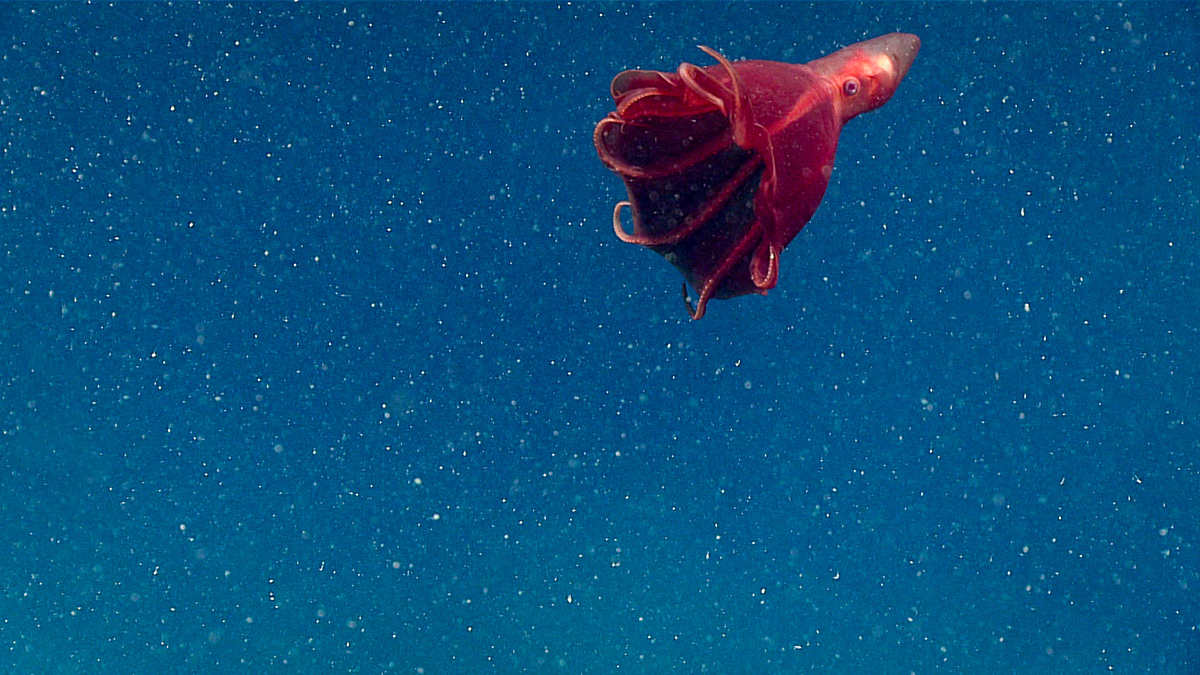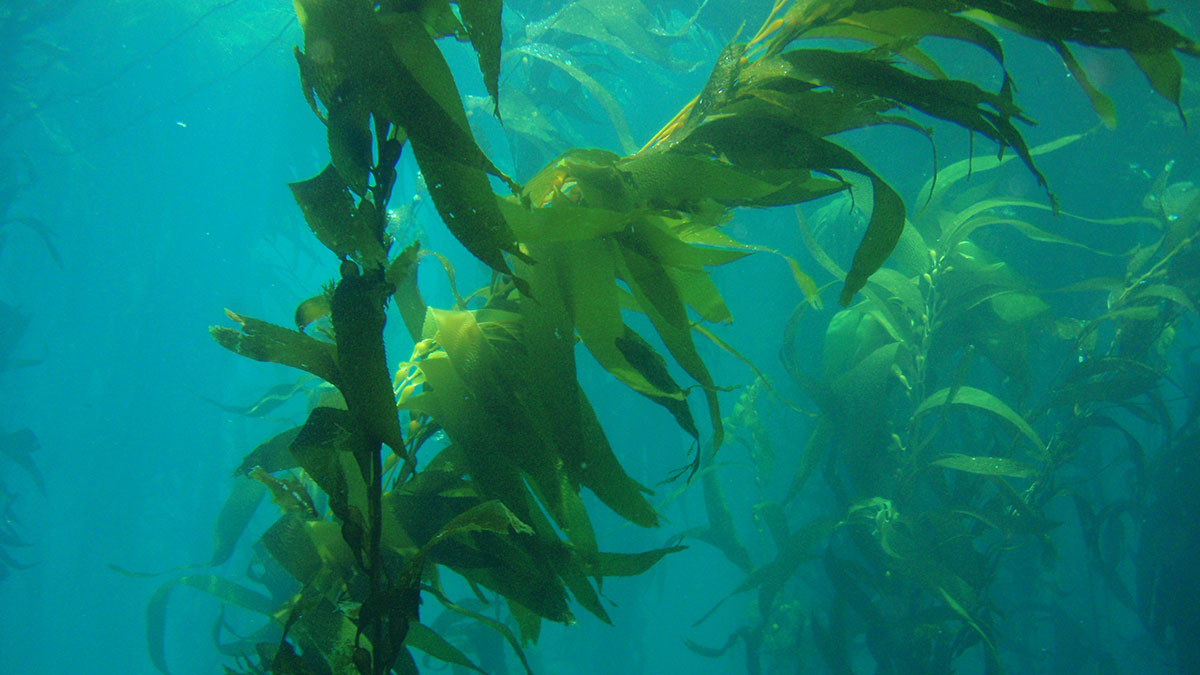Some bacteria thrive in the sometimes-toxic soup of crude oil and chemical dispersants.
biogeosciences
La acidez del océano antártico aumentará rápidamente a finales del siglo
Nuevos estudios muestran que los niveles de acidez podrían llegar a duplicarse para el 2100, poniendo en peligro los ecosistemas frágiles del gélido Océano Austral.
التربة المكهربة تزيد نمو النباتات
خمسة أيام من الكهرباء المنخفضة الجهد الموجهة إلى جذور النباتات الناشئة عززت نموها بأكثر من 50 بالمئة.
The Open Ocean, Aerosols, and Every Other Breath You Take
Phytoplankton and other marine plants produce half of Earth’s atmospheric oxygen and have big effects on food webs and climate. To do so, they rely on nutrients from the sky that are hard to quantify.
Antarctica’s Ocean Acidity Set to Rise Rapidly by Century’s End
New research shows acidity levels could as much as double by 2100, imperiling fragile ecosystems in the frigid Southern Ocean.
Los microplásticos son el ingrediente no tan secreto de la nieve marina
Partículas diminutas de plástico degradadas y cubiertas por biopelículas se hunden hasta el fondo marino llevando consigo carbono.
Cuando los bosques en la tierra arden, los bosques submarinos sienten el impacto
El kelp es un hábitat, un sumidero de carbono y un agente aglomerante en tu helado. Pero estudios recientes muestran que los bosques de kelp en California son afectados por el destino de sus contrapartes sobre tierra.
Electrified Soil Powers Plant Growth
Five days of low-power electricity directed to the roots of young plants boosted their growth by more than 50%.
A Closer Look-Sea at the Ocean’s Carbon Cycle
In the February issue of Eos, we dive deep to better understand opportunities, challenges, and ongoing mysteries posed by carbon’s role in marine environments.
In the Great Pacific Garbage Patch, New Marine Ecosystems Are Flourishing
Sea life, stuck to plastic bottles and other human trash, has journeyed far from coastal habitats—and may threaten local species










